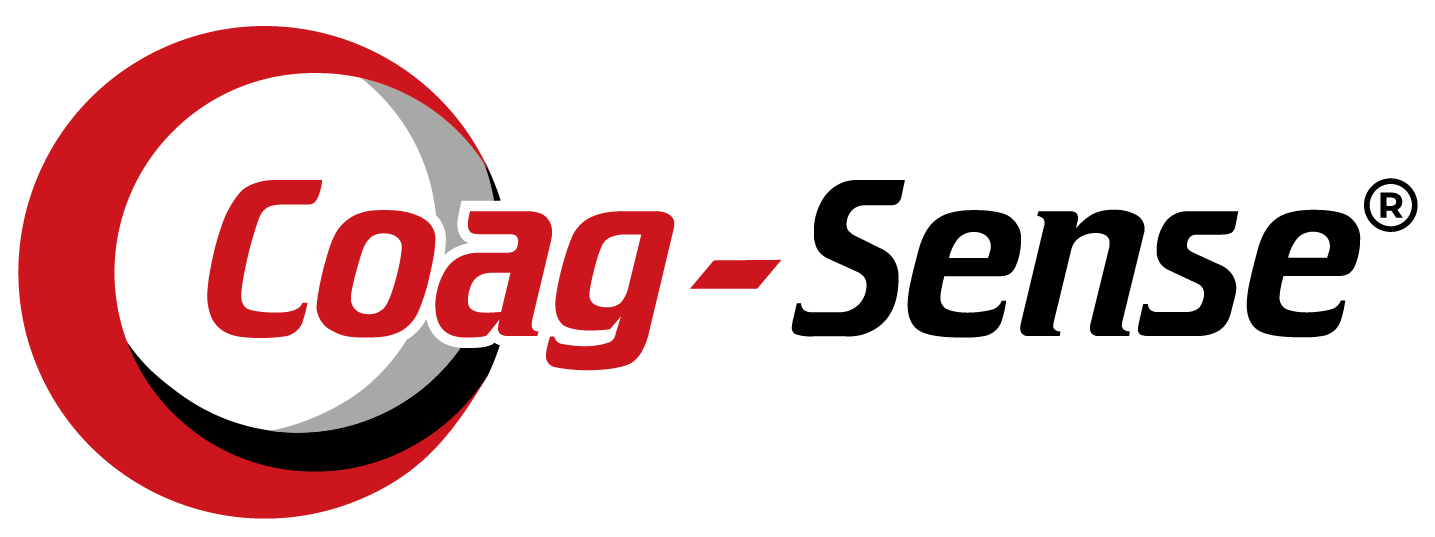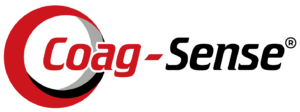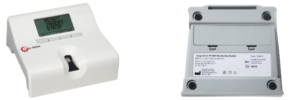As the US population continues to increase in age, several home healthcare trends are being noticed.
Growing needs of an aging population in the US
The population of US adults eligible for Medicare is expected to double from 35.1M in 2000 to 69.7M by the year 2030. As a result, home healthcare providers will continue to develop capabilities to address the growing needs of an aging population.
As of 2021, the home healthcare market was still somewhat fragmented. It is expected that existing caregiver groups will follow a franchise model. A franchise model will allow access to the guidance they need to develop further.
Most Baby Boomers claim they wish to age in place. To fill this desire, care management services such as remote patient monitoring and telehealth will be offered along with advice on the selection and use of supportive technology. Companionship services will rise along with at-home skilled nursing. At present, the average wage for at home healthcare providers ranges from $9-12 an hour without healthcare or reimbursement for transportation costs. It is anticipated that there may be labor disputes to rectify this situation.
Changing trends in home healthcare
- The demand for community-based home healthcare will grow
- Patients and their families prefer healthcare in the home
- The least costly setting for post-acute, long-term care is the home
- Delivery of home-based healthcare is supported by home health agencies who have the experience, knowledge, and infrastructure
Prior to 2020, home health agencies struggled to explain the value of their services to private payers and Medicare Advantage plans. Since the Covid-19 pandemic and the devasting loss of life in nursing homes, the conversation has shifted. Although there will always be an undeniable need for skilled nursing facilities, policymakers are searching for new ways to support home and community-based care.
In-home patient monitoring as a solution
Also impacted by the Covid-19 pandemic was the increased desire for in-home patient monitoring equipment. Remote patient monitoring, temperature management, and electroencephalogram (EEG) monitoring are leading the way. Monitoring patients remotely is one of the fastest growing segments.
For patients who require anticoagulation medicine management, the Coag-Sense® PT/INR Monitoring System can track clotting time, reduce the number of clinic visits required, and improve outcomes.



